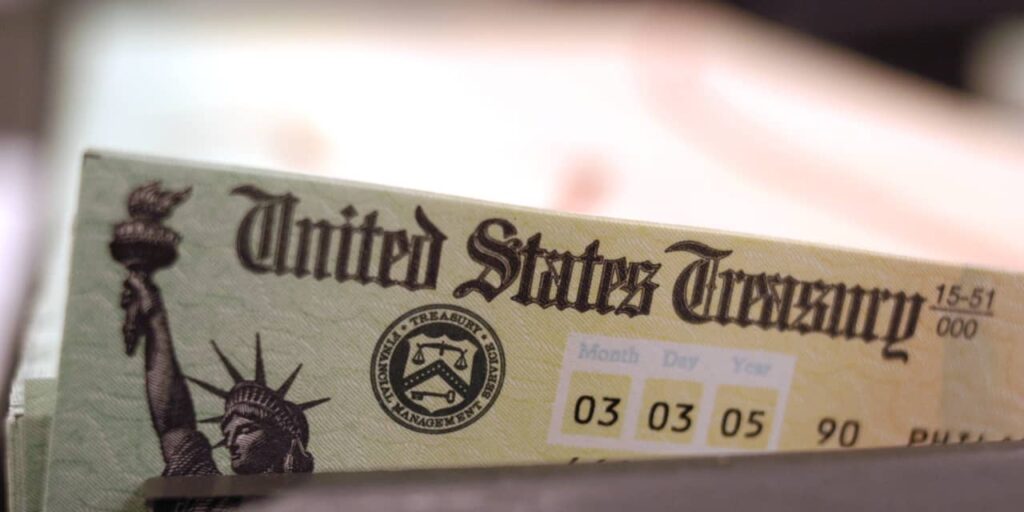The yield curve inversion appears to have stopped narrowing, and that’s not necessarily a bad thing.
The gap between the two-year government bond yield and the 10-year bond yield now stands at about 0.47 percentage point. It had become as small as 0.15 point a month ago, having steadily narrowed since the end of July as investors digested the Federal Reserve’s higher-for-longer message on interest rates. The biggest gap was back in March, when it exceeded a whole percentage point.
The inversion—when the two-year yield is higher than the 10-year yield—has inspired forecasts for a recession since it last started in July 2022. There’s often a correlation between a yield inversion and an economic slump, because it reflects an anticipation of lower Fed rates in the future. But it has lasted so long now that, even if a recession does arrive in the next few months, the predictive power of the inversion should be in doubt.
So what’s been going on? Bond yields are basically investors’ expectations for future inflation and Fed interest rates. Roughly speaking, the higher the expectations for inflation or Fed rates, the higher the yield. Usually, longer-term bonds have higher yields because investors demand bigger returns when they’re lending money for a bigger duration of time.
When inflation skyrocketed in 2022, investors quickly raised their expectations for short-term rates, pushing the two-year rate above the 10-year. But they didn’t expect rates or inflation to stay high forever, so 10-year rates stayed lower.
That changed in the middle of this year as the Fed signaled a pause in short-term rate hikes, but insisted that interest rates would stay higher. Longer-term rates started to rise, making the inversion in bond yields smaller. It also had a negative effect on stocks, as longer-term borrowing costs going up is typically bad for consumers, companies, and economic growth.
The most recent Fed increase came in July, and markets have treated it as the end of the hiking cycle. Now, after the combination of a few Fed meetings without a move in interest rates and signs that inflation is cooling rapidly, both two-year and 10-year yields have started to fall.
Is it a sign that a recession is coming? The answer to that question is the same as it has been since the middle of last year—no one really knows.
Write to Brian Swint at brian.swint@barrons.com
Read the full article here

